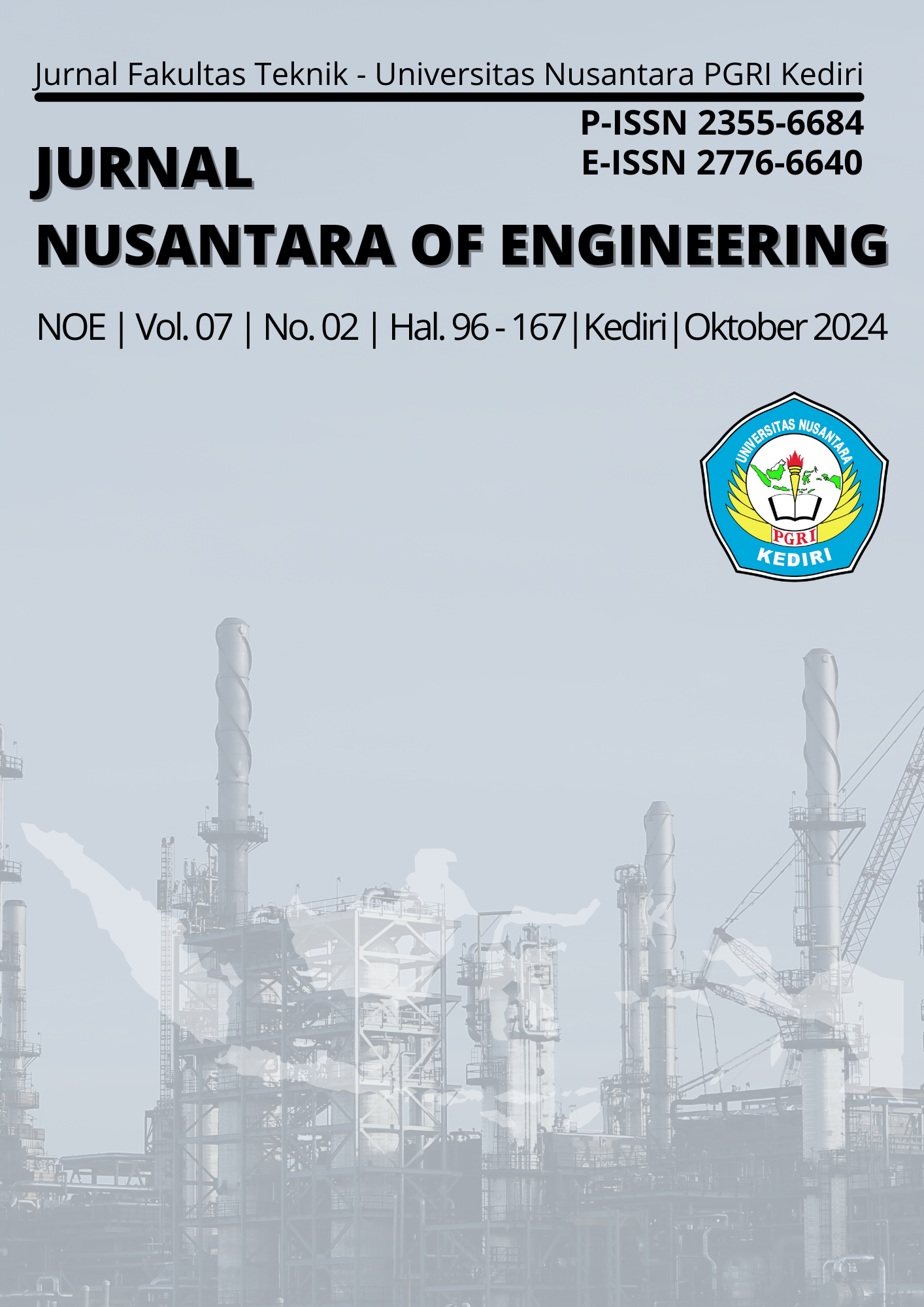Hijaiyah Letter Recognition Application for Deaf People Using Sequential Search Method
Penerapan Metode Sequential Search dalam Aplikasi Pembelajaran Huruf Hijaiyah untuk Tunarungu
DOI:
https://doi.org/10.29407/noe.v7i2.23170Keywords:
Sequential Search, Hijaiyah Letter, Learning Media, DeafAbstract
Hearing limitations are often an obstacle for deaf people in learning Arabic letters, including Hijaiyah letters. Deaf people are children with hearing impairments, either deaf or hard of hearing. The lack of learning media causes parents to experience learning problems in their children. Therefore, learning media is needed so that people with hearing disabilities can get easy learning, especially learning Hijaiyah letters. An introduction application is needed to facilitate learning, which is able to improve the ability to recognize hijaiyah letters easily. The main output of this research is photos and video demonstrations using the Sequential Search method. The Sequential Search method is used to facilitate the search for hijaiyah letters for students in the search for the application using Latin letters, implemented in Gerkatin Kediri city and using Kotlin programming language. The purpose of this research is to produce learning media that benefits deaf students in the introduction of Arabic including hijaiyah letters. The Sequential Search method is used to optimize the letter recognition process in this application. The supporting factor for the method used is logcat from the Android Studio application. Logcat helps the effectiveness of the sequential search method to run as desired. The test results of the search application show the time required to search for several hijaiyah letters with the keyword “Dal” is 0.235 ms, while for the letter Dzal it is 0.274 ms.
Downloads
References
Halfi, R. (2018). Meningkatkan Kemampuan Pengoperasian Perkalian Melalui Metode Horizontal Bagi Anak Tunarungu. E-JUPEKhu, 1(2), 112–125.
Imamah, N., & Bahari, M. I. (2021). Perbandingan Algoritma Sequential Search Dan Algoritma Binary Search Pada Aplikasi Kamus Bahasa Indonesia Menggunakan Php Dan Jquery. Jurnal Informatika-COMPUTING, 8(1), 1–6. https://ejournal.unibba.ac.id/index.php/computing/article/view/564
Musthofa, N., & Adiguna, M. A. (2022). Perancangan Aplikasi E-Commerce Spare-Part Komputer Berbasis Web Menggunakan CodeIgniter Pada Dhamar Putra Computer Kota Tangerang. OKTAL: Jurnal Ilmu Komputer Dan Sains, 1(03), 199–207. https://journal.mediapublikasi.id/index.php/oktal
Nurwanto, N. (2021). Aplikasi Perpustakaan Berbasis Web dengan Mengimplementasikan Metode Sequential Search. I N F O R M a T I K A, 13(1), 24. https://doi.org/10.36723/juri.v13i1.259
Prasetya, A. F., Sintia, & Putri, U. L. D. (2022). Perancangan Aplikasi Rental Mobil Menggunakan Diagram UML (Unified Modelling Language). Jurnal Ilmiah Komputer Terapan Dan Informasi, 1(1), 14–18.
Rahmah, F. N. (2018). Problematika Anak Tunarungu Dan Cara Mengatasinya. Quality, 6(1), 1. https://doi.org/10.21043/quality.v6i1.5744
Rahmanto, Y., Alfian, J., Damayanti, D., & Borman, R. I. (2021). Penerapan Algoritma Sequential Search pada Aplikasi Kamus Bahasa Ilmiah Tumbuhan. Jurnal Buana Informatika, 12(1), 21–30. https://doi.org/10.24002/jbi.v12i1.4367
Rizkita, N., Rosely, E., & Nugroho, H. (2018). Aplikasi Pendaftaran dan Transaksi Pasien Klinik Hewan di Bandung Berbasis Web. E-Proceeding of Applied Science, 4(3), 1512–1520.
Syarif, M., & Nugraha, W. (2020). Pemodelan Diagram Uml Sistem Pembayaran Tunai Pada Transaksi E-Commerce. JTIK (Jurnal Teknik Informatika Kaputama), 4(1), 64–70. https://doi.org/10.59697/jtik.v4i1.636
Wahyuni, W. S., Andryana, S., & Rahman, B. (2022). Penggunaan Algoritma Sequential Searching Pada Aplikasi Perpustakaan Berbasis Web. JIPI (Jurnal Ilmiah Penelitian Dan Pembelajaran Informatika), 7(2), 294–302. https://doi.org/10.29100/jipi.v7i2.2646
YUNIAR, W. L., & Amin, F. (2021). Sistem Pencarian Naskah Dinas Dengan Algoritma Sequential Search. Jurnal Manajemen Informatika Dan Sistem Informasi, 4(2), 92–100. https://doi.org/10.36595/misi.v4i2.359
Downloads
Published
Issue
Section
License
Authors who publish with this journal agree to the following terms:
- Copyright on any article is retained by the author(s).
- The author grants the journal, right of first publication with the work simultaneously licensed under a Creative Commons Attribution License that allows others to share the work with an acknowledgment of the work’s authorship and initial publication in this journal.
- Authors are able to enter into separate, additional contractual arrangements for the non-exclusive distribution of the journal’s published version of the work (e.g., post it to an institutional repository or publish it in a book), with an acknowledgment of its initial publication in this journal.
- Authors are permitted and encouraged to post their work online (e.g., in institutional repositories or on their website) prior to and during the submission process, as it can lead to productive exchanges, as well as earlier and greater citation of published work.
- The article and any associated published material is distributed under the Creative Commons Attribution-ShareAlike 4.0 International License













